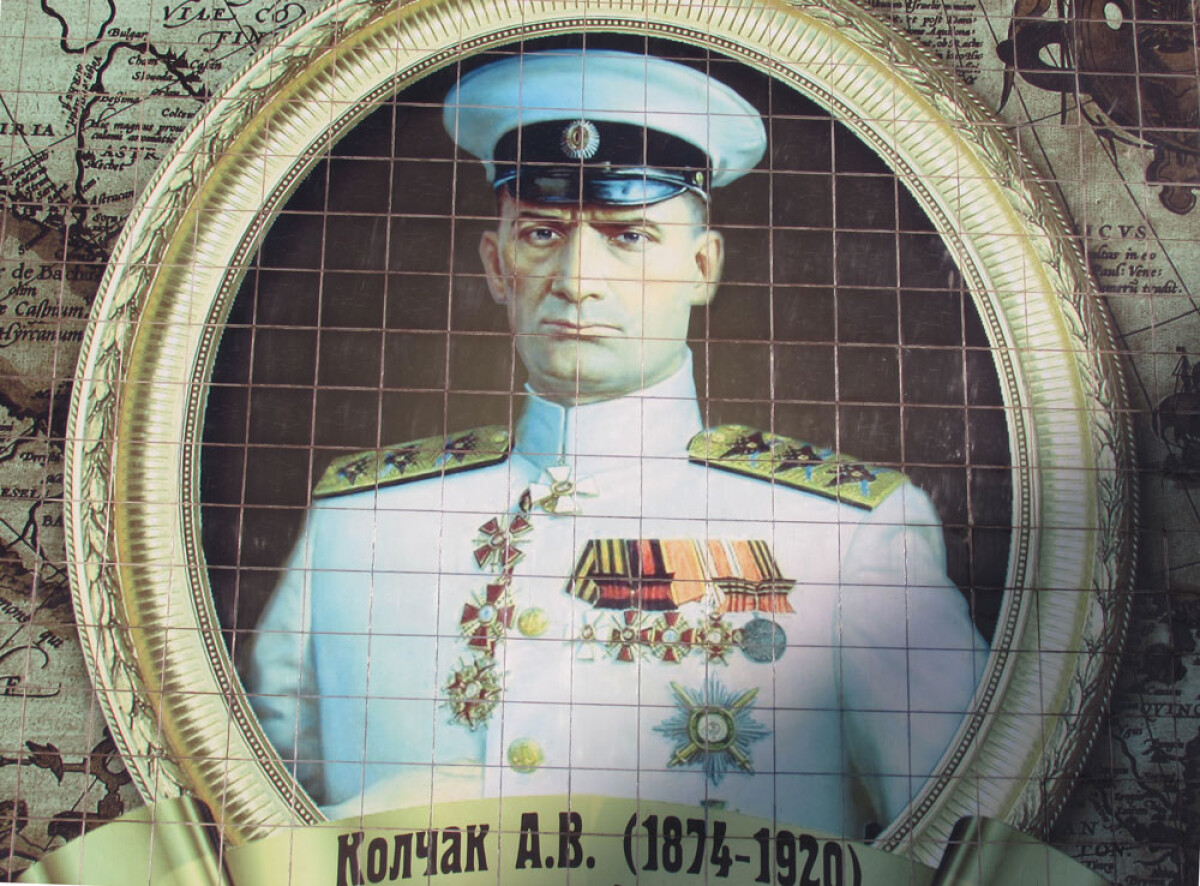
As for the movie "Admiral", it's hard to say something good here, says Maxim Stelmak, chief archivist of the Civil War History Research Center.
"I have to say that this movie is unhistorical, sometimes even lying. I certainly do not understand the acting, maybe Khabensky even played brilliantly, but the trouble is that he did not play Kolchak, but a collective image of some ideal white officer, who is divorced from reality. Some people believe that having watched the full version of the film "Admiral", they are excellent specialists in the history of the Civil War and Kolchak's personal life," the researcher summed up.
100 years ago, on April 15, 1917, the admiral was summoned to Petrograd. The military minister Guchkov saw Kolchak as the head of a military coup to eliminate dual power and establish a military dictatorship and invited Alexander Vassilyevich to head the Baltic Fleet. The appointment of Kolchak to the Baltic Sea did not take place, and history could go quite another way.
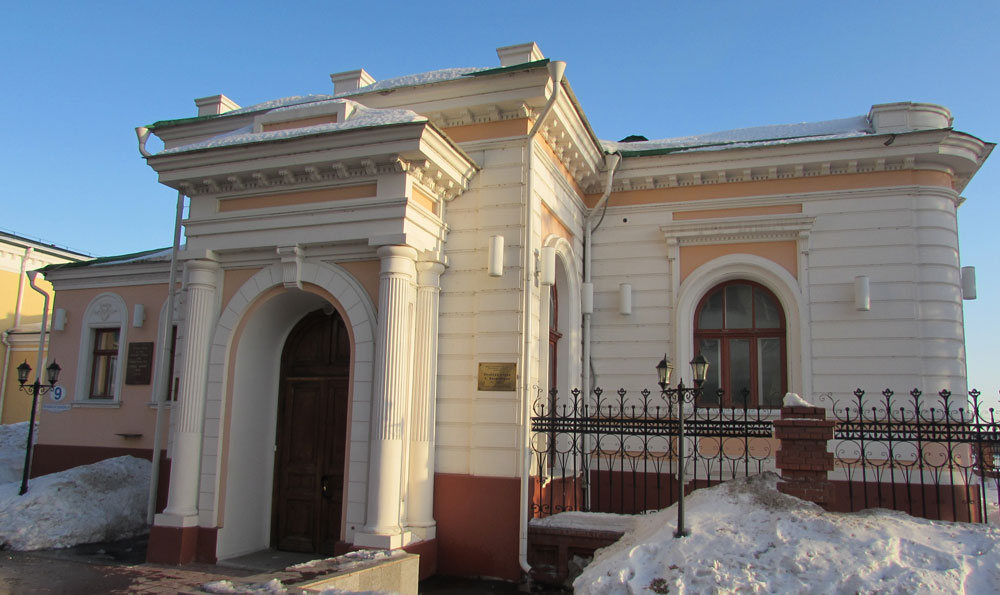
The Center for Studying the History of the Civil War
During the years of Soviet totalitarianism, a lot of "white spots" accumulated in the historical science about the initial period of the construction of the Soviet state, including the Civil War, and where there is no place for truth, myths are born. The last quarter of a century has shown the desire to restore historical truth of the era of the Civil War and the activities of opposing forces on political convictions.
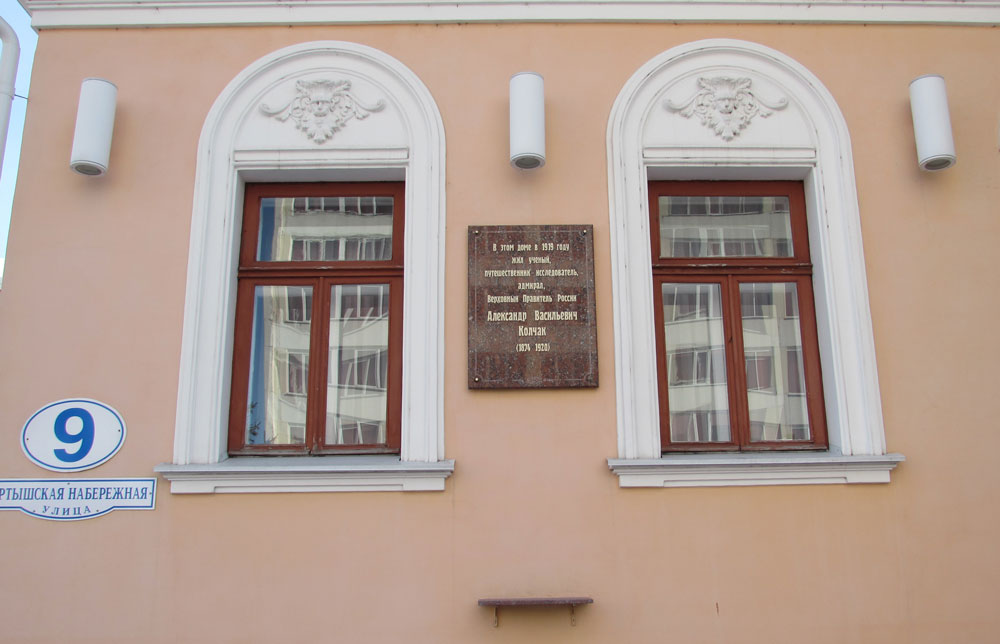
Omsk was of key importance for the anti-Bolshevik struggle in the east of Russia. In this connection, it was not accidental that in 2012, the opening of the Center for Studying the History of the Civil War in Omsk was in the mansion of the merchant Batyushkin, a house that, from December 1918 to November 1919, was the personal residence of the Supreme Ruler, Admiral Alexander Vassilyevich Kolchak. The opening of the Civil War History Research Center was a response to the long-overdue need for a systematic study of the events of this controversial period in the past. Visiting the Center allowed me to better know the past, to assess the historical personalities who connected their life with Omsk at a turning point. The Center for Studying the History of the Civil War is headed by Galina Borodina, and the main archivist of the Civil War History Research Center Maxim Stelmak, arranged an excursion.
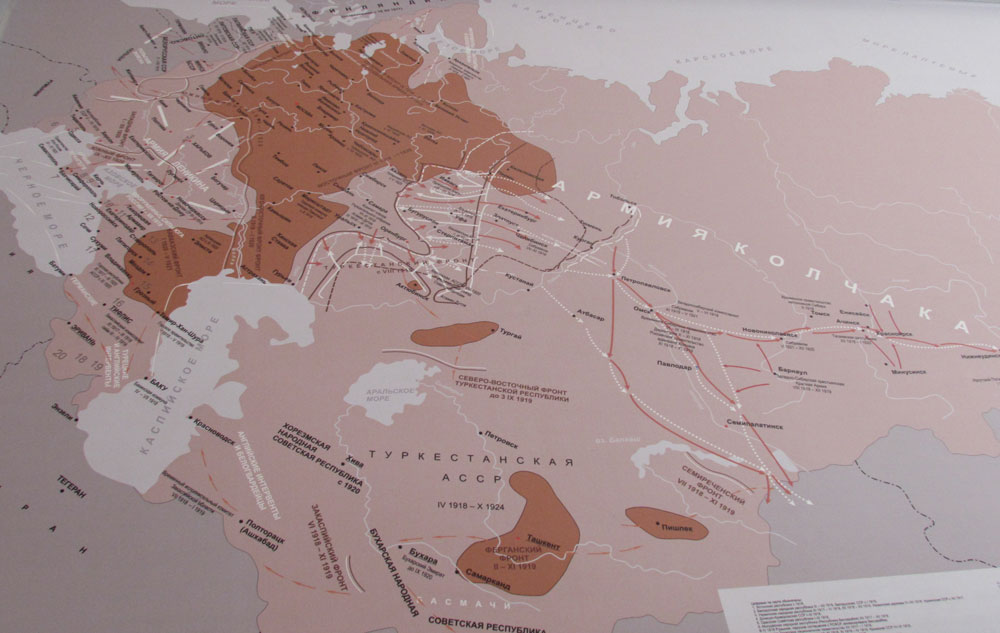
Map of the Civil War
In the assembly hall under Kolchak there was a hall for meetings. In the center of the hall there is a detailed map of the Civil War. There are some mistakes, of course, says Maxim Stelmak, the chief archivist of the Civil War History Research Center, but the armies are shown in detail: both Red and White.
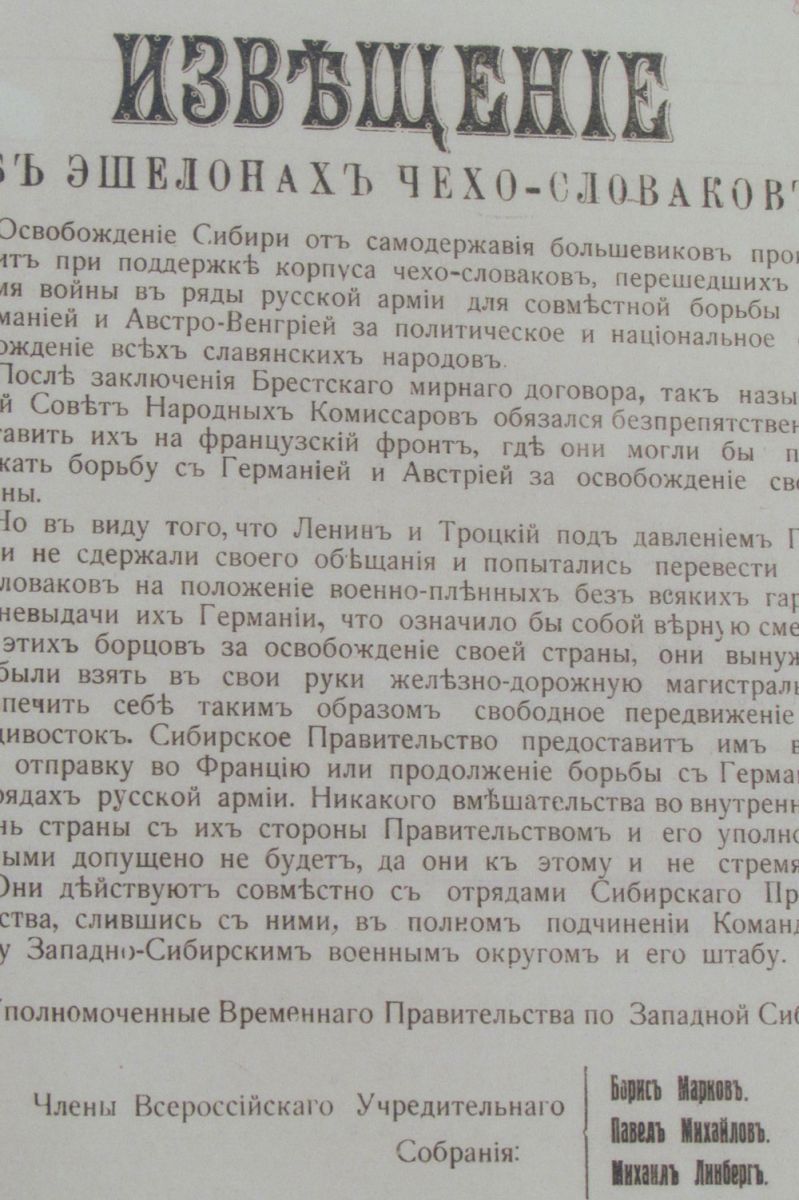
In June 1918, Omsk was occupied by the Whites, largely thanks to the Czechs. That raises a reasonable question: how did the Czechs find themselves in Siberia?
During the First World War, Czechoslovakia was part of the Austro-Hungarian Empire, and then the Czech Republic took the side of the Russian Empire. Russia left the war, and what to do with those who wanted to fight? The military leadership decided: "Well, if they want, let's send them to the Western Front." But through the Western Front it is impossible - German troops are there. Then the only possible decision was made: by railroad through the Far East, from there, they were loaded onto ships and sent to Europe by sea.
Thus, from Penza to the Far East, echelons with 50 thousand Czechs, well-armed professional soldiers, stretched out. During transportation there were clashes with prisoners of war, for example, in Chelyabinsk there was a clash with Austrian prisoners of war. Machine guns and cannons were immediately taken away from the Czechs, and they hid the revolvers and rifles. To prevent similar incidents in Moscow, they decided to disarm the Czech soldiers.
These measures caused a misunderstanding; the Czechs decided that they want to extradite them to the Austrian authorities, where the tribunal awaits them. The "white" underground took this advantage, the Czechs came out and Omsk in June 1918 was taken.
But the White Army had enough allies besides the Czechs.
This is about 700 French soldiers. In addition, about 4,000 soldiers France sent from the colonies, in this case from Vietnam. 7,500 Americans, 1,000 British soldiers, 4,000 Canadians, 2,000 soldiers from Italy, 10,000 Poles, 4,000 Romanians and 4,000 Serbs were also part of the Allied forces. The main force in the Far East was 50,000 Japanese soldiers.
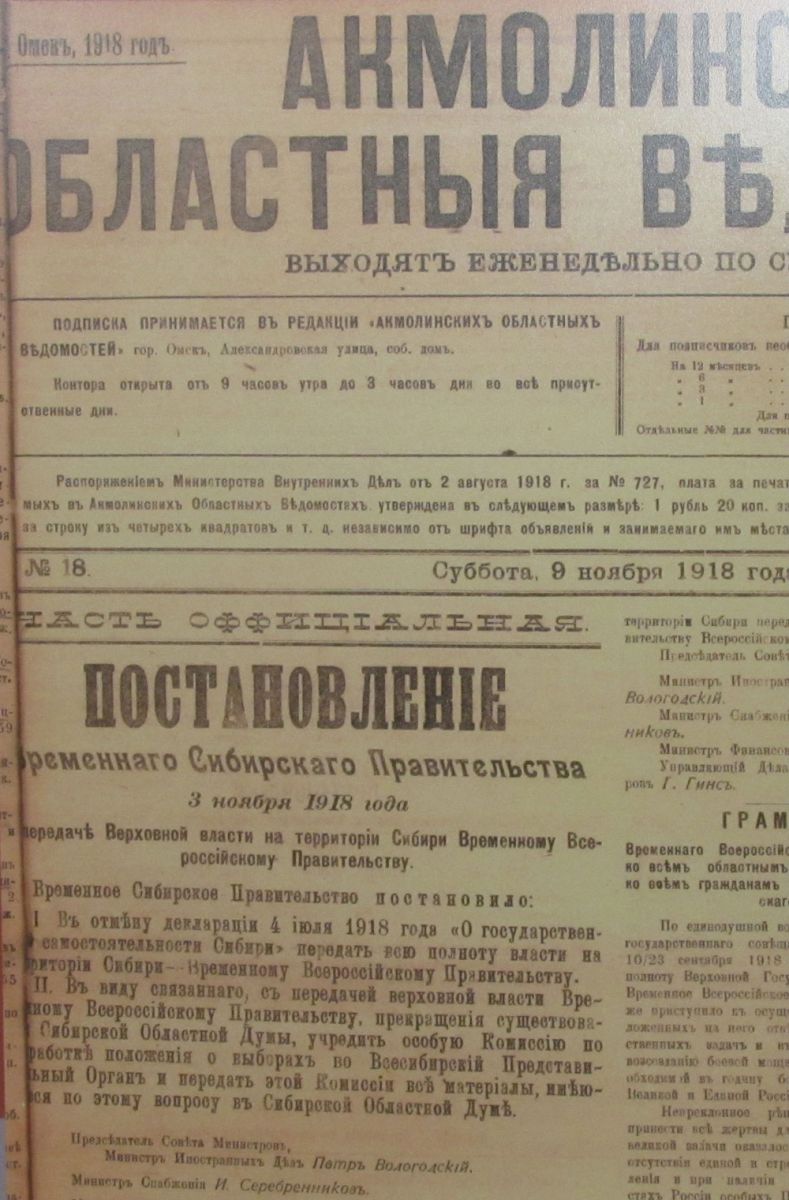
During the so-called democratic counter-revolution, the Provisional Siberian Government was formed. Such "governments" at that time were not few and it was decided to create a single state body.
In September 1918, the Provisional All-Russian Government or the Directorate was established in Ufa. Because of the actions of the Red Army, the Directorate from Ufa moved to Omsk.
On November 18, 1918, the Directorate was overthrown and the period of democratic counter-revolution was over. Kolchak came to power. He recalled: "I left Omsk for the front, and when I returned, the Directorate was no more." Here he is a little cunning, says M. Stelmak. Without taking direct part in the coup, he knew full well about the upcoming event.
In Omsk, he was actually the ruler from November 1918 to November 1919. Under the pressure of the Fifth Army under the command of Tukhachevsky, the Government from Omsk moved to Irkutsk. But Kolchak himself arrived there at the end of 1919.
There at that time was the Political Center, in fact, the anti-Kolchak association.
In January 1920, Kolchak resigned as commander, he was arrested and questioned. The court was scheduled to be held in Moscow.
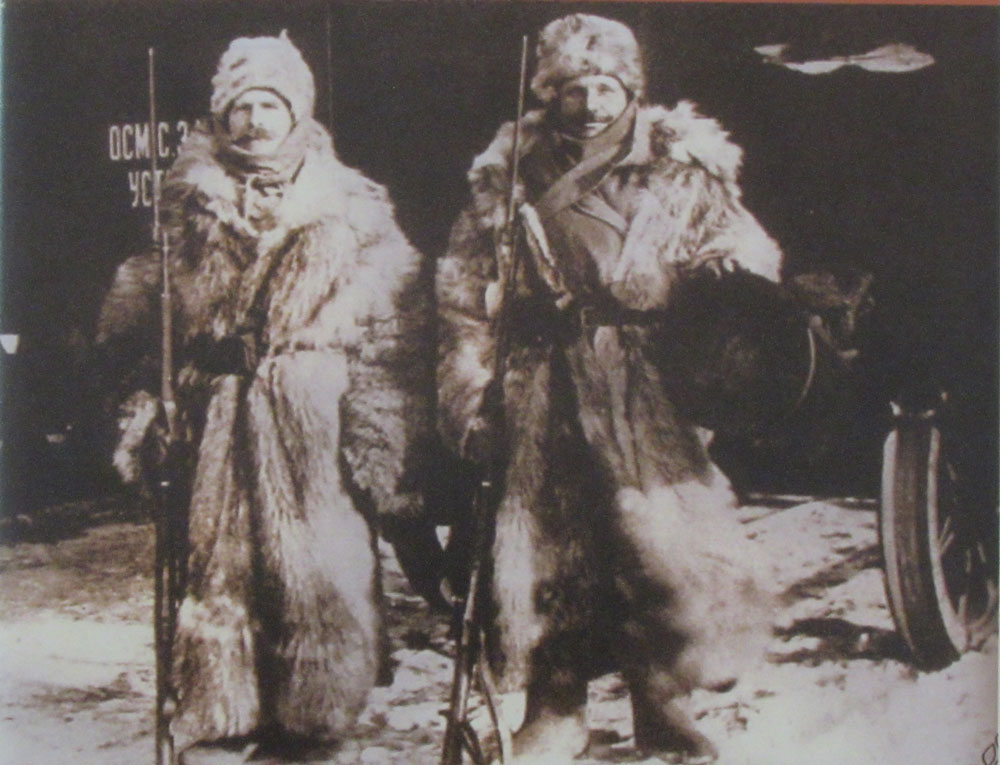
Soldiers of the Czechoslovak military corps
But in February 1920, the army of Kappel approached Irkutsk (V. Kappel himself was killed by that time; the army was commanded by S. Voytsehovsky). In Irkutsk, a tense situation developed and the authorities decided to take extreme measures: to prevent the enemies from having to take the city and liberate Kolchak.
On February 7, 1920 Kolchak was shot. The documents prove that this happened without the knowledge of Moscow, on the initiative of the Irkutsk authorities.

Omsk is often called the third capital of Russia. But here it is important to indicate the reasons why Omsk has become the capital. According to Maxim Stelmak, Kolchak had his own political power here - the Cadet Party. When the question arose where to place the capital, there were different proposals: Irkutsk, Tomsk. But there it was impossible in any case; there was an educated population, the intelligentsia. And Omsk was a city of officials - executive, obedient people. A hundred years ago it was said that Omsk is the city without a base, without a foundation, but it was drilled with discipline and traditions. Thus, the city became the capital not only due to its merits, but also largely due to shortcomings.

Next to Kolchak was a representative of the Siberian Cossacks Pavel Ivanov-Rinov. After the overthrow in Omsk of the Soviet power he became the military ataman of the Siberian Cossack army. After the appointment of the Minister of War A.V. Kolchak, he was appointed Commander of the Semirechye Front with the retention of the post of Commander of the Siberian Army. Ivanov-Rinov officially recognized Alexander Vassilyevich as the Supreme Ruler of Russia. It is worth noting that Ivanov-Rinov has a direct relationship to the suppression of the national liberation movement of 1916. In 1916 he was appointed the Governor of Semirechye. He played a decisive role in suppressing the anti-Russian insurrection in Kazakhstan. He acted very harshly. Glory for him was not the best.
Soldiers of Ataman Annenkov
Another odious figure was Ataman Annenkov. His squad was based in Semipalatinsk and left behind the most difficult memories. They say that when he was driving around the city in a car he liked to crush animals and even said: "It’s a pity that I could not crush at least one Kyrgyz."
His soldiers also were famous in cruelty. There are reports that when stepping-back from Yekaterinburg they participated in the Jewish pogrom.

Despite the fact that Kolchak was the supreme ruler, newspapers wrote about him and the soldiers did not really know him. There were times when for the elderly Cossacks it was a discovery that Kolchak was Russian! And when the soldiers asked: "Who is he?" others answered: “This is the famous English general Tie Chak!”
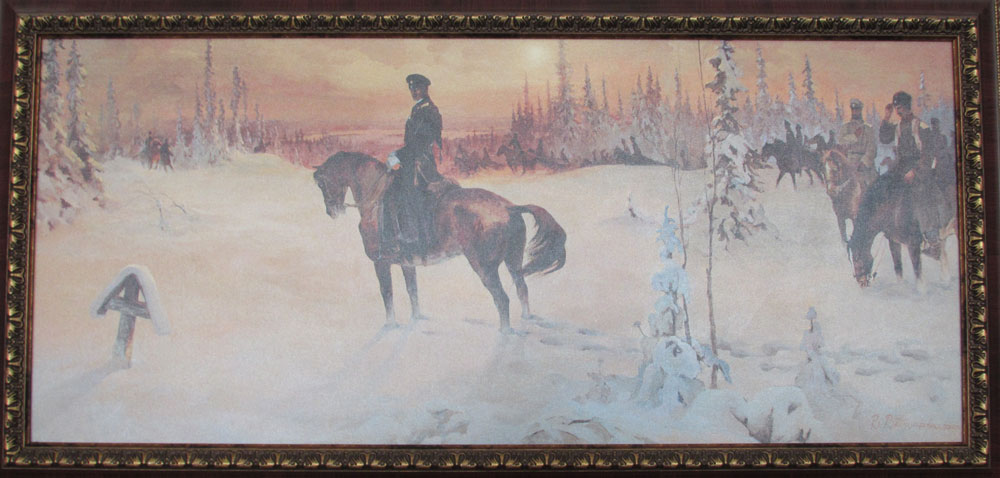
"A.V. Kolchak - the last owner of Siberia", a picture of Vera Vladimirova
In the exposition of the hall the central place is occupied by the picture of the artist Vera Vladimirova “A.V. Kolchak - the last owner of Siberia”, where he is shown already at the time of retreat from Omsk to Irkutsk. But here the artist, despite the talent extended a little away from history. The Admiral is portrayed on horseback, although it is known that at that time he was traveling only by train.
One of the popular legends about Kolchak is the myth of the gold reserve. Of course gold was, 650 million rubles in gold. It was stored in Omsk. Even from a part of the gold reserve they made a museum exhibition. But gold bars were shown not to ordinary citizens, but to foreign allies, diplomats, and military men. If we talk about the fate of gold, the question immediately arises: "And where did it go?" Everything is simple.
Of the 650 million rubles, 200 million was spent on the purchase of arms abroad. 450 million remained and they almost returned to the opponents of the "Whites". Then, when recounting, it turned out that 13 boxes of gold for the amount of 780 thousand rubles were lost.
Apparently a part of the officers took them abroad, now it is impossible to say for sure. They wanted to accuse the Czechs, but there is no direct evidence.

In Omsk, the common expression "to send to the Republic of Irtysh" is preserved. Kolchak's enemies, arrested prisoners, were taken to the bank of the Irtysh, shot and bodies were thrown into the Irtysh. If political opponents thus solved their questions and eliminated their opponents, they said "he was sent to the Republic of Irtysh," and it became clear to everyone that no one would return from there.
The result of the civil war was a hasty evacuation; the White troops left Omsk and finally blew up the railway bridge across the Irtysh. But it did not save the situation, in November 1919 the river froze, the weather was anomalously cold. In May 1920, a trial of the ministers of the government of Kolchak took place; four people received the highest penalty.
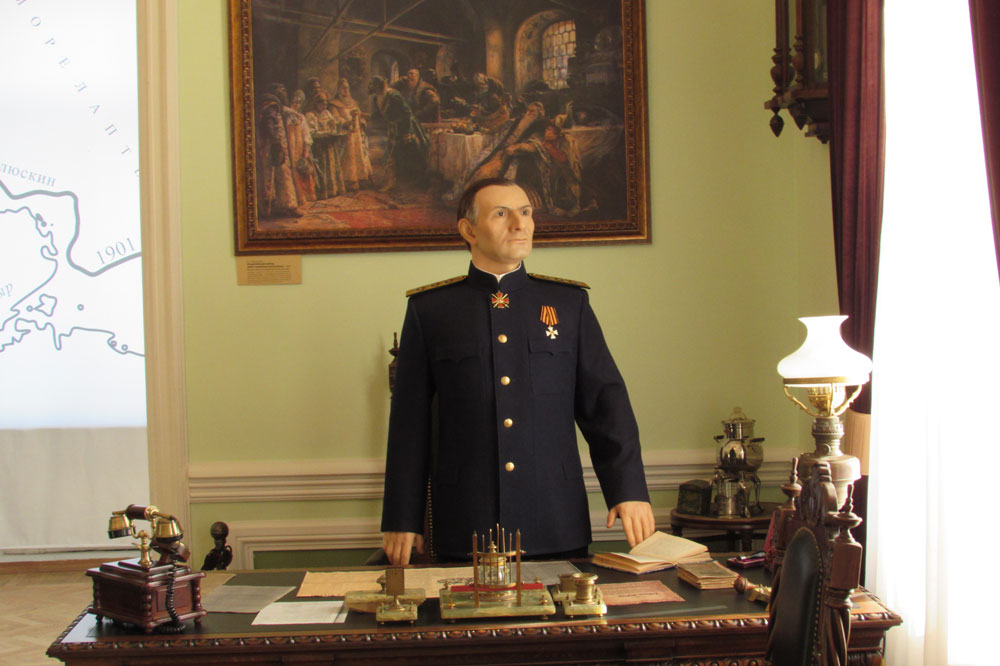
The excursion of the Center led us to Kolchak's office, where we saw him, we can say, live. There is no exact information about the physical parameters of Alexander Kolchak, but judging from the photo documents, in fact he was lower.
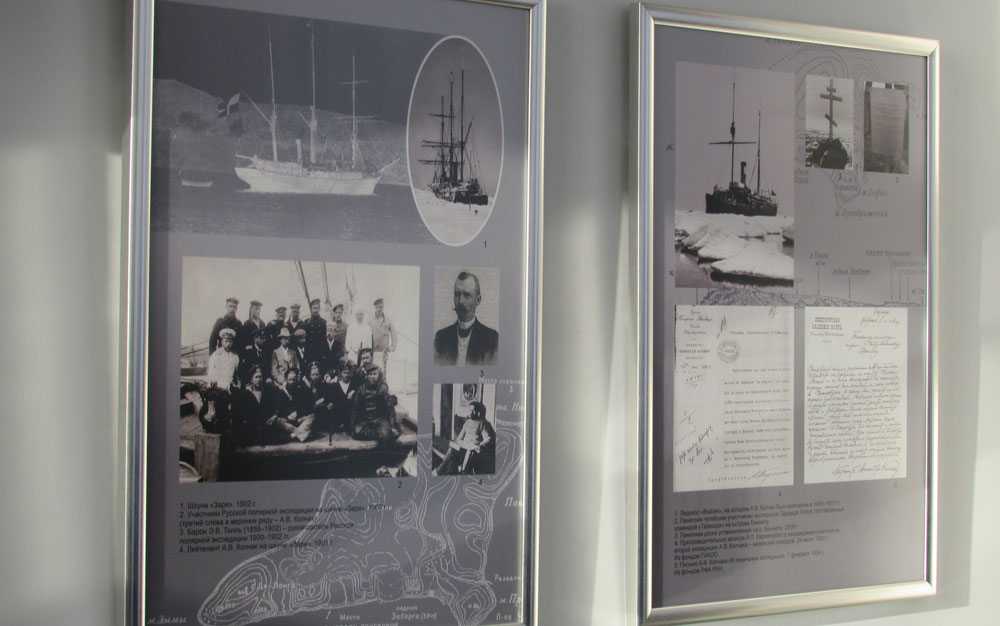
The separate office of the Center is represented by the scientific achievements of Kolchak. In the early twentieth century, he participated in two polar expeditions, under the leadership of Toll. The expedition was stuck in the ice and Toll decided to continue his research on his own. He sent the team back, but he himself remained. Kolchak went in search of Toll, but found only traces of his death. For this expedition and contribution to the study of oceanography Kolchak was awarded the gold medal of the Russian Geographical Society. In honor of the scientist even a small island was named Kolchak.
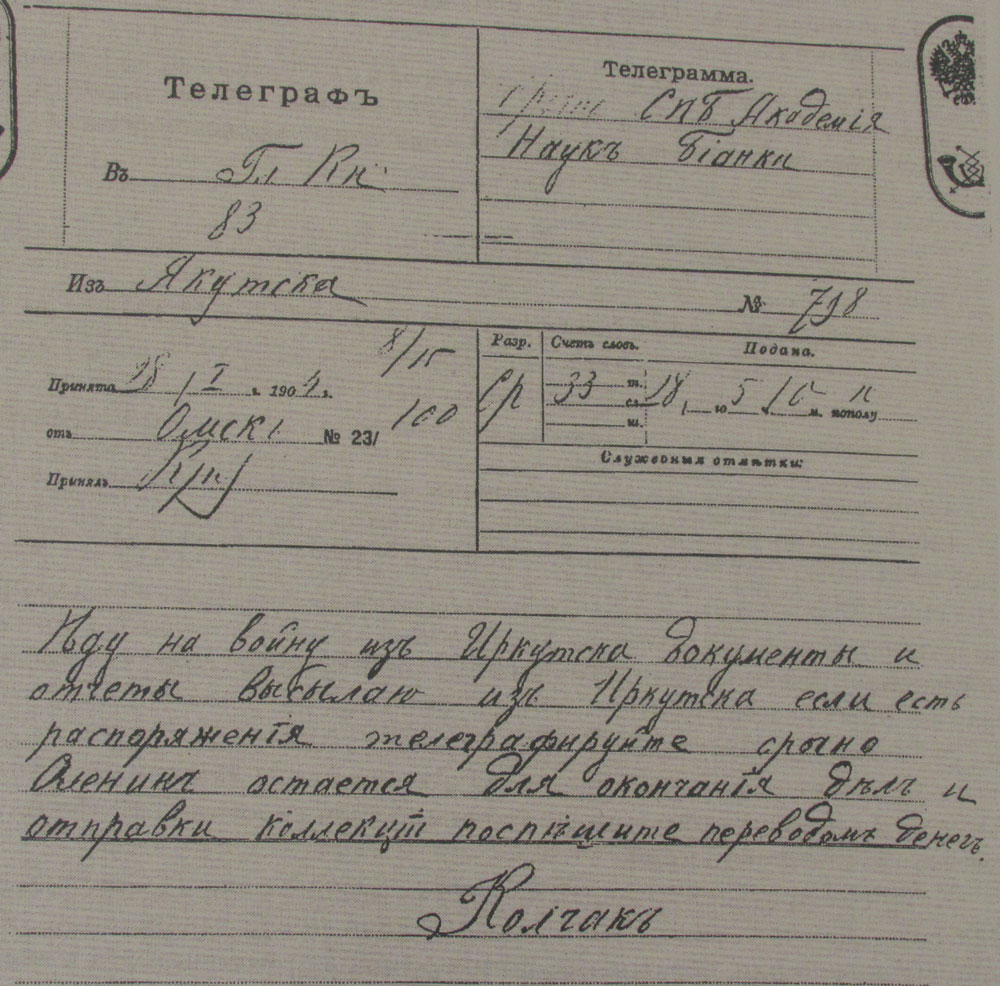
You can not ignore the family history of the admiral. Kolchak's wife, Sofya Fedorovna Omirova, was born in 1876 and received a decent education in the Smolny Institute. With Alexander they were to be married after his first expedition.
On his return, their wedding took place; they were married on March 5, 1904. But he soon left for the Russo-Japanese War, from where he returned only after 2 years. In fact, Sofia was waiting for him for 6 years.
It would seem, she waited for him, but Kolchak meets Anna Vassilyevna Timireva. Anna was married to a naval officer, Rear Admiral N.S. Timirev, a colleague of A. Kolchak.
In 1918-1919 Anna Timireva, divorced her husband and went to Omsk to Kolchak, becoming his actual wife, she went with him to the east, and in January 1920 in Irkutsk voluntarily went under arrest to stay close to her beloved.
The topic of Kolchak's relations with the leaders of Alash Horde, his view on the creation of the Alash autonomy is interesting, Mustafa Chokay wrote a lot about this. But this is a topic for a separate conversation. As they say, to be continued.
The Board of editors of the “National Digital History” portal expresses their gratitude to the Center for the Study of Civil War History for the material provided.
On the main photo: a mosaic depicting Admiral Kolchak is adorned a restaurant located not far from the Civil War History Research Center.
Astana – Omsk - Astana
Translated by Raushan MAKHMETZHANOVA
